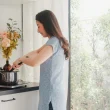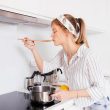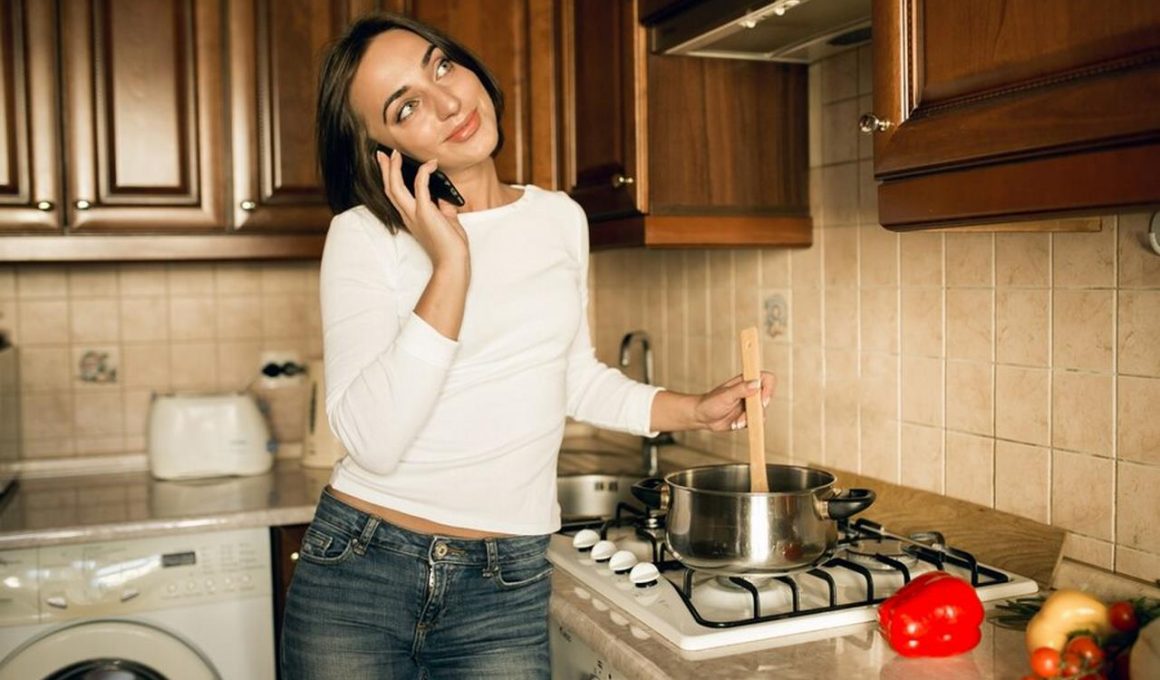This article explains whether cooking in an oven or microwave will kill the coronavirus. Cooking foods to the correct internal temperature will kill the virus, a Yale Medicine pathologist and associate director of the Clinical Microbiology Lab explained. Cooking foods to the correct temperature also kills bacteria and viruses on the surface, Campbell said. Moreover, he recommends that you do not handle the food after it has cooled.
Some people believe that heat from cooking can kill the coronavirus. While heat from cooking can inactivate the virus, it’s best to use high-temperature hand-washing methods instead. This is because high-temperature water or soap can burn the virus. Additionally, people should not use hot liquids like tea or coffee, as they don’t fight mucus buildup. In addition, it is not clear if warmer weather will help prevent the spread of the virus.
The temperature at which coronavirus can survive varies, but it can be killed at temperatures between 50 and 55degC or 122-131degF. In addition, researchers have shown that heat from cooking kills the virus in the gastrointestinal tract and in the respiratory system. Infection caused by this virus can be fatal, so it’s important to avoid it as much as possible. The heat from cooking will also help sterilize N95 respirators, as it will stop the transmission of the disease.
Microwaves kill bacteria and viruses
Using microwaves for cooking food can kill viruses and bacteria. Microwaves work by heating up water and fat molecules, which in turn denatures viruses. When proteins are heated, they denature, unfold, or restructure. The heat changes the texture of food. Microwaves are extremely efficient at killing bacteria, viruses, and germs, but the amount of time it takes depends on the type of germ and its intensity.
Microwaves can also be used to sterilize sponges. In a 2006 study, two minutes of microwaving at 100% power killed 99 percent of the bacteria and viruses found on a sponge. The EPA recommends wetting the sponge prior to microwaving it. You should also make sure that the sponge is not made of metal, and watch closely to ensure it doesn’t melt. Microwaves can be useful in many ways, but they shouldn’t replace hand washing.
One way to kill the coronavirus in your kitchen is to put a container of a coronavirus-contaminated dish in the oven for 30 minutes. According to studies, a coronavirus can be killed at temperatures ranging from 133oF to 149oF. However, there are risks involved with high-temperature methods. High-temperature cooking can damage delicate food items and create a more virulent virus.
The sun can also kill the coronavirus. But it is not as effective as UVA or UVB light, which can cause sunburns and skin cancer. While tap water does not kill the new coronavirus, unheated soapy water will. Boiling water may damage some surfaces and burn people. Even if you use an oven, it is important to follow food safety regulations for all manufacturing and preparation establishments.
The first step to killing the coronavirus is to prevent the virus from affecting the people that prepare the food. Infectious disease expert Dr. Stephen Berger, board-certified in clinical microbiology and infectious disease, discusses the connections between food and the coronavirus. The following interview has been edited for clarity and brevity. You may hear a variety of answers to this question.
While cooking at home, it’s crucial to practice safe cooking techniques. One of the best ways to eliminate the possibility of contamination is to thoroughly wash fruits and vegetables before preparing them. This method is particularly effective for preventing foodborne illnesses because the coronavirus cannot live for long outside animal cells, so your food won’t be infected with it. Furthermore, you should not store food that has come in contact with other people for long periods of time. After preparing food, always put it in the refrigerator. If you’re unsure, download the TODAY app and read about the outbreak.
SARS-CoV-2 is inactivated at 133oF to 149oF
Disinfectant products are effective at substantially inactivating SARS-CoV-2 on surfaces. These products contain cleaning agents that remove soil and inactivate microbes. However, cleaning agents and disinfectants should be used properly. Since the COVID-19 pandemic, there has been an increase in unsafe cleaning practices. The wrong application of cleaning agents and disinfectants can cause poisoning and injury.
The SARS-CoV-2 Reference Panel provided by the FDA enables the comparison of different SARS-CoV-2 IVDs and NAATs. The reference panel contains standardized material and allows for the comparison of analytical sensitivity and cross-reactivity of the SARS-CoV-2 NAATs. This information is essential to enabling appropriate diagnosis and control.
A few months ago, the coronavirus was declared a global health emergency, prompting health agencies to urge people to wash their hands thoroughly. The World Health Organisation published a graphic demonstrating how to properly wash hands. Since then, the graphic has gone viral. People who work in restaurants and bars have undoubtedly seen it. However, the widespread adoption of hand sanitisers has detracted from hand washing’s effectiveness.
To prevent the virus from infecting your hands, you should thoroughly wash your hands with soap and water. This will kill the coronavirus in the simplest of ways: the soap bubbles attract the envelope of the virus and embed into its protective layer. Upon contact with the soap, the coronavirus is killed. Remember to take your time while washing your hands – at least 20 seconds, but more if possible – so that the soap suds can do their job.
Podobne tematy




